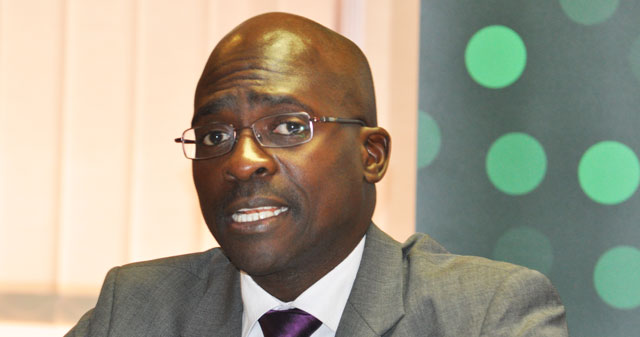
Limiting Eskom’s electricity tariff hike to 8% is likely to have far-reaching implications, public enterprises minister Malusi Gigaba said on Monday.
“While the National Energy Regulator of South Africa’s [Nersa’s] decision … is welcomed, the implications of the lower tariffs and revenue approved on Eskom’s operations and overall business sustainability are currently being investigated,” he said at an update on Eskom in Johannesburg.
“This decision is surely going to have far-reaching implications. It is clear the Nersa decision changes the game significantly.”
The regulator’s decision was fair to consumers, but not to Eskom.
On 28 February, Nersa announced it had granted Eskom an 8% electricity tariff hike each year for the next five years in its third multi-year price determination (MYPD3).
The parastatal had applied for a 16% increase in each of the next five years.
The previous multi-price determination, MYPD2, ended on 31 March 2013. Both MYPD1 and MYPD2 had spanned three years.
Gigaba said the electricity system could be fragile during winter.
“Ordinarily, winter is characterised by high electricity demand. However this winter is unique in that it is the first time that Eskom has planned to execute long-duration maintenance,” he said.
“A partnership to keep the lights on will be even more required than at any other stage before.”
Gigaba said there was a greater need to save electricity during the daily peak period between 5pm and 9pm.
“Just to put this within context, within this peak time South Africa’s electricity demand increases by more than 3 000MW, which is larger than all the Southern African Development Community countries combined,” he said.
“Therefore, a significant behavioural change is needed from everyone in the country.”
Eskom CEO Brian Dames said the planned maintenance for winter would be for 2 000MW.
“This is work that we cannot defer for this winter. In the past, we would not have done so much planned work,” he said.
Dames said Eskom needed consumers to help prevent rolling blackouts. However, this could happen if a large-scale system shortage, or blackout, was imminent.
“We will not put the country at risk of a blackout,” Dames said. “If it came to it, we would dump the load to protect the country.”
Dames asked South Africans to “beat the peak” by switching off nonessential appliances.
The peak demand for winter was forecast at 36,8GW. However, this was an average for an hour. The “peak within the peak” could go as high as 37GW or 38GW.
“We have supply- and demand-side initiatives in place, but we are concerned about the impact which the Nersa tariff decision could have on our ability to finance the demand-side measures needed to maintain a tight system.”
He said the system was tight after the failure of a transmission line from Mozambique because of flooding, the unplanned outage of Koeberg unit one in the Western Cape, and poor coal quality.
“It [Koeberg unit one] is still down this morning [Monday]. It is expected to come back later this week.”
The unit tripped on 20 February because of an electrical fault. — Sapa




